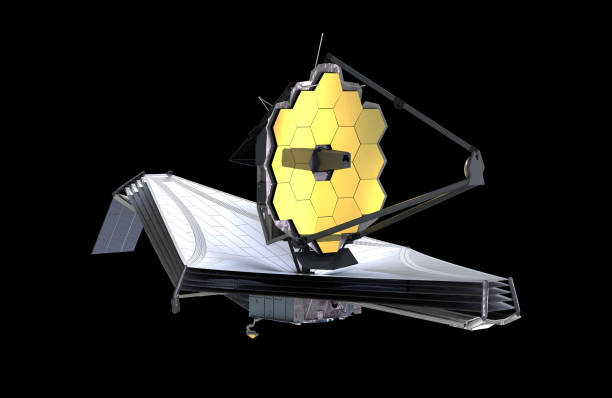Update on the James Webb Telescope
The James Webb Space Telescope (JWST or Webb), 3d illustration, elements of this image are furnished by NASA
January 28, 2022
As we encounter the first month anniversary of the James Webb Space Telescope launch, we get closer and closer to Lagrange point 2 and the full assembly of the telescope in space. On December 25, 2022 the telescope was launched using the Ariane 5 rocket which has been a successful vehicle used for missions for over the last 20 years. The launch of the telescope is barely 5% of the mission complete, once you get into space that’s when it really starts.
The history of the James Webb Space Telescope dates back to almost 30 years ago in 1996 with a planned launch for 2007. Then of course as with any space mission, delays came quickly and postponed the launch date from 2007 all the way to 2021. The mission duration was planned to be for 10 years, but with almost a perfect launch that helped save fuel, the duration was doubled to 20 years. The full unfolding of the telescope has already been completed and during the next few months it will be traveling to point L2 where it will start capturing the universe.
The mission of the James Webb Space Telescope is to capture the universe even further back in time than the Hubble Space Telescope. Hubble has been in space for 30 years capturing some of the most beautiful photographs of the universe that humans have seen. Hubble uses ultraviolet light to see 10-15 billion light years away. With the JWST, we can see even further using infrared light, coming even closer to understanding the mysteries of what happened after the Big Bang and looking even deeper into the universe.
Sources:
https://www.nytimes.com/2021/12/25/science/hubble-telescope-vs-webb.html
https://www.nasa.gov/press-release/nasa-to-discuss-webb-s-arrival-at-final-destination-next-steps

















Amanda Kremnitzer • Jan 28, 2022 at 4:47 pm
Tracking it here has been really cool: https://webb.nasa.gov/content/webbLaunch/whereIsWebb.html